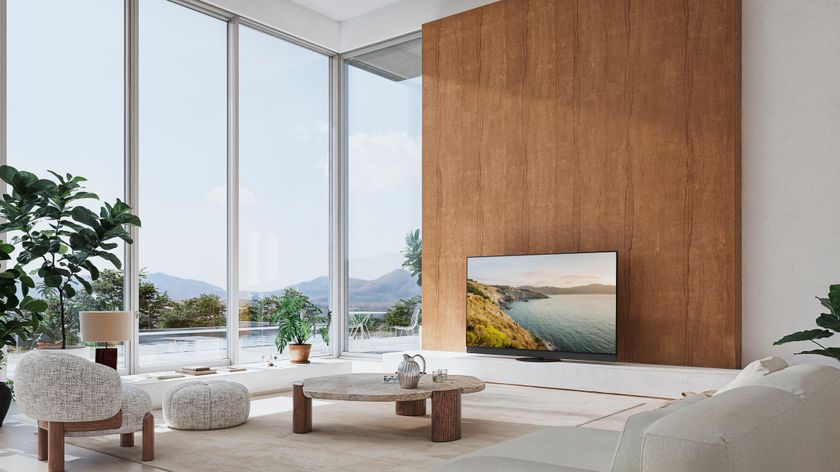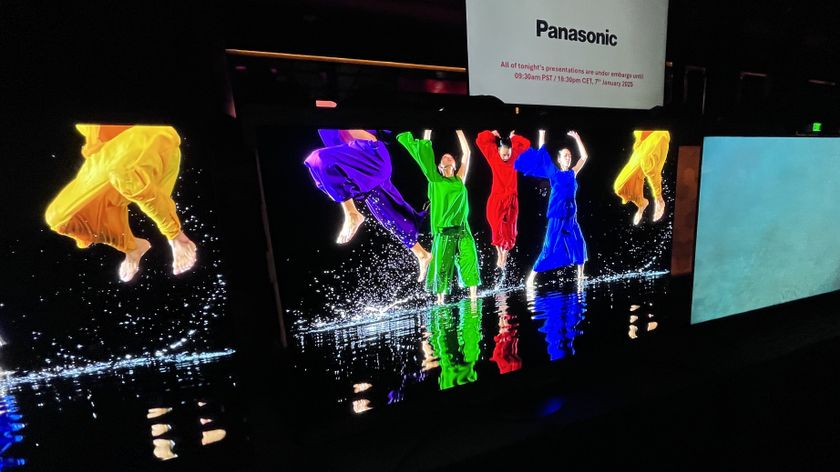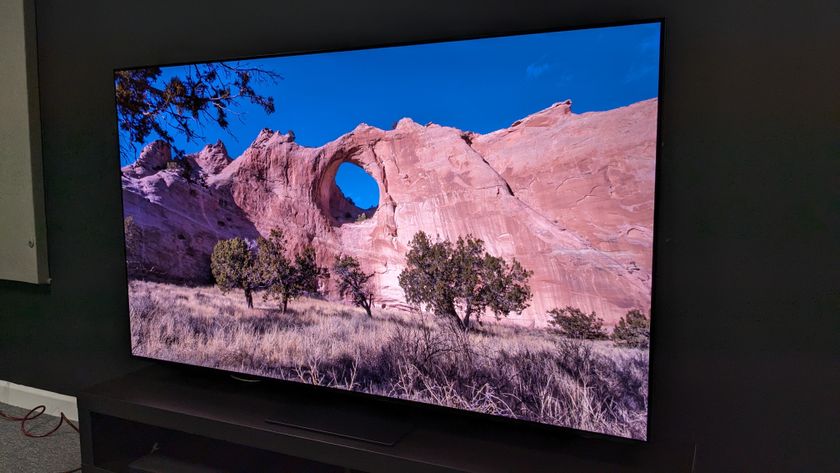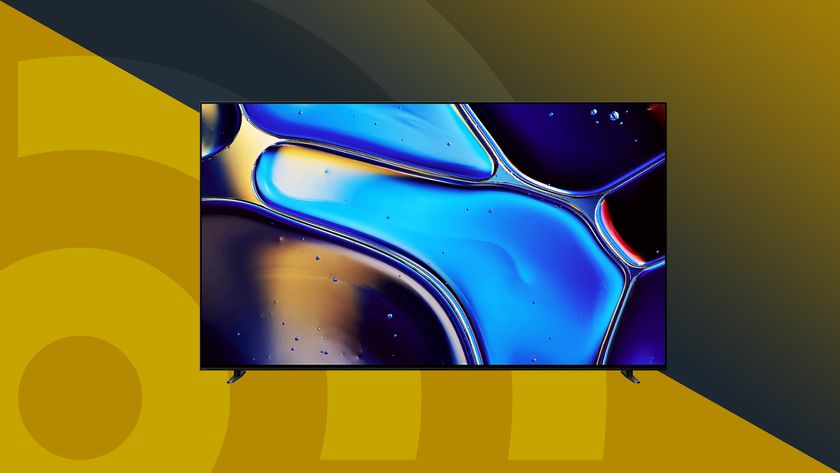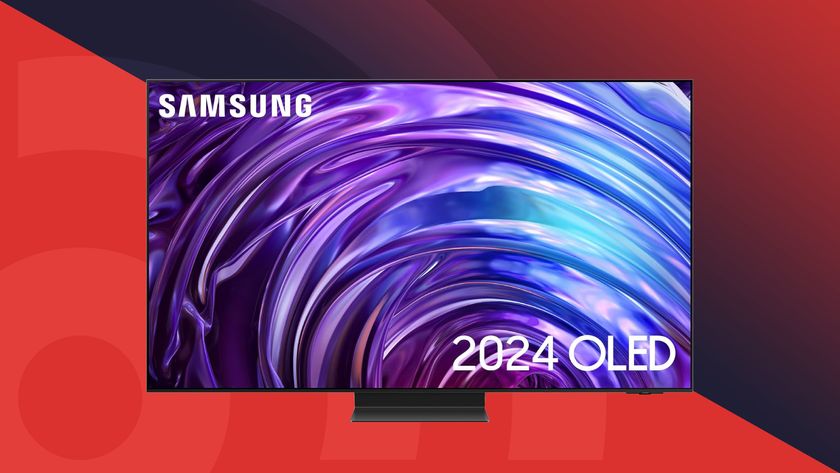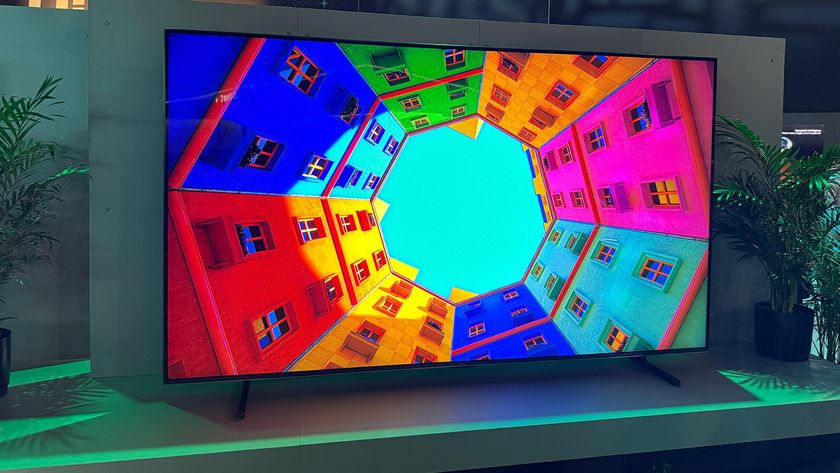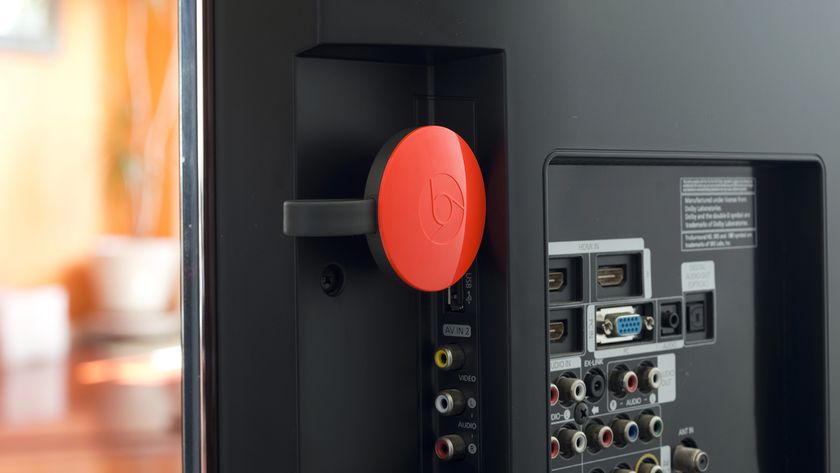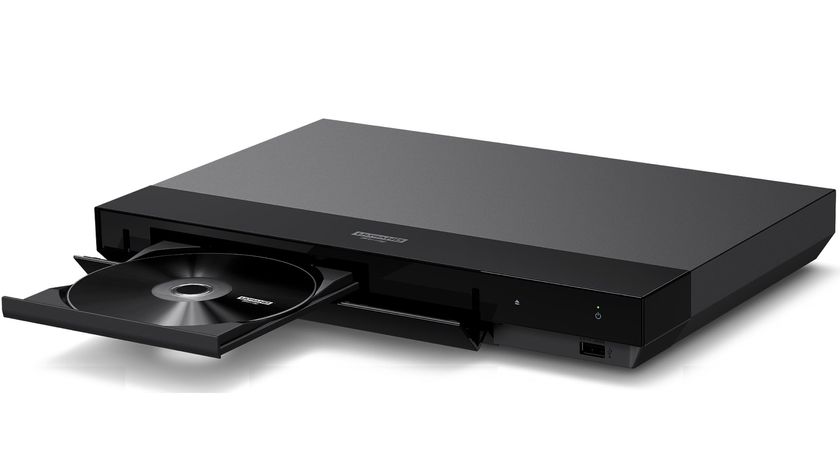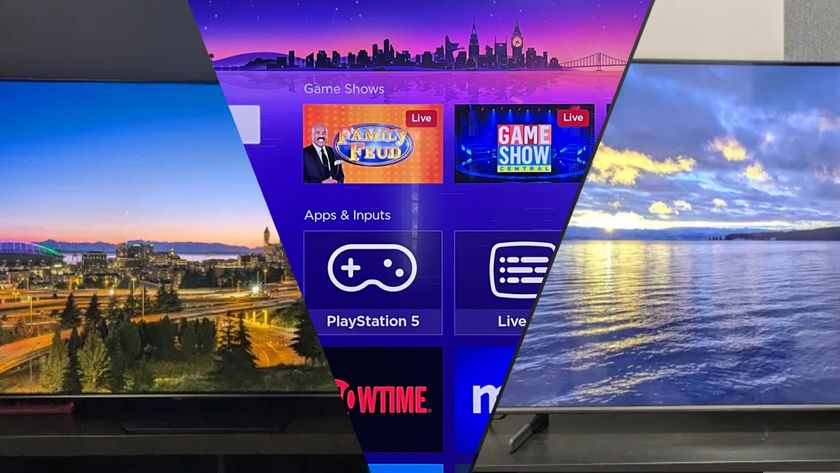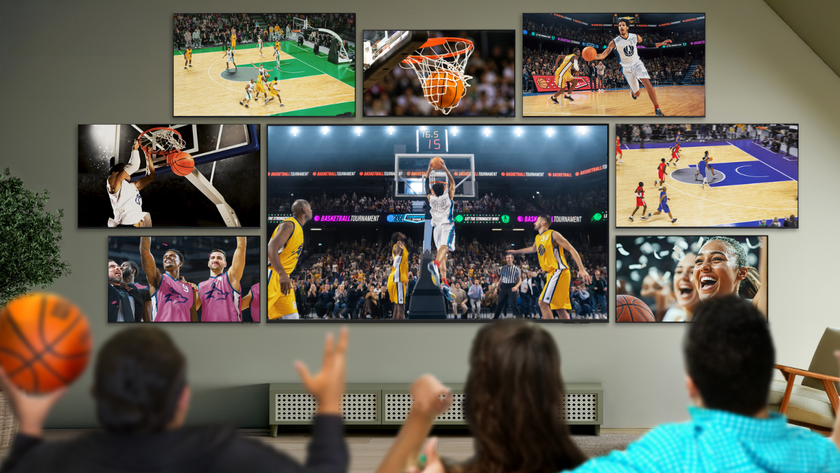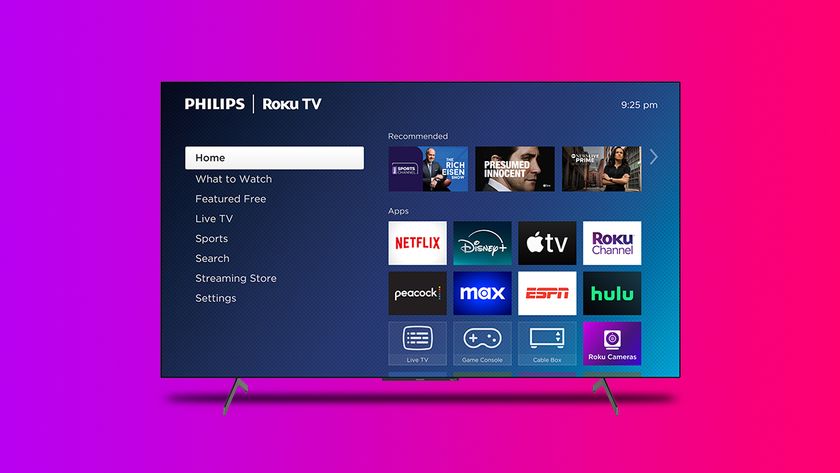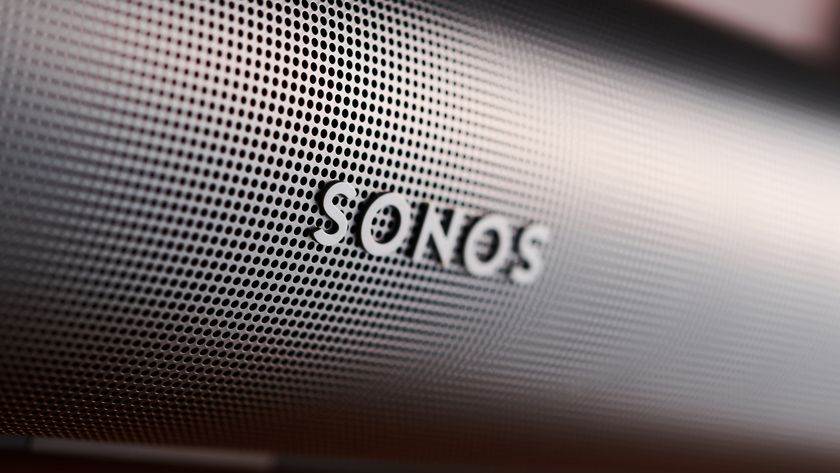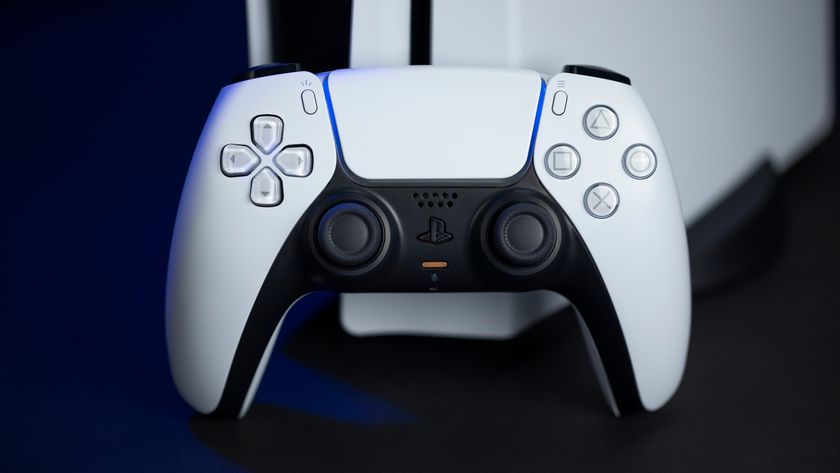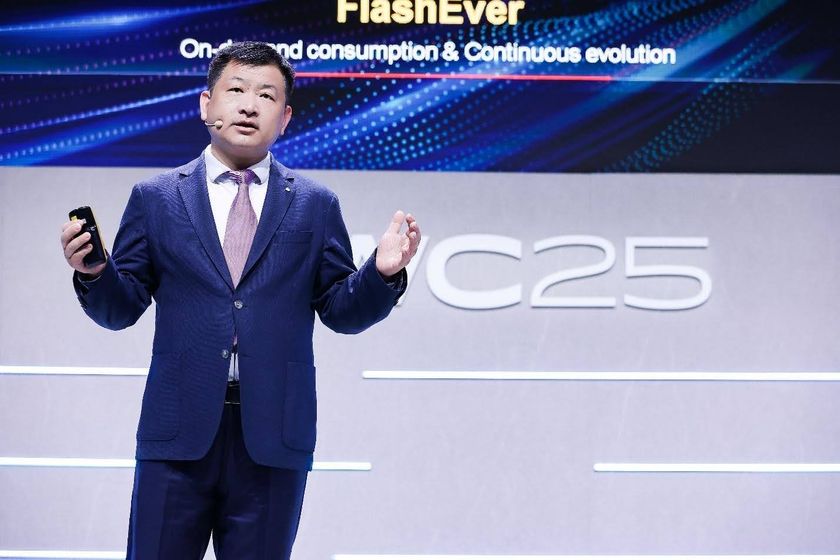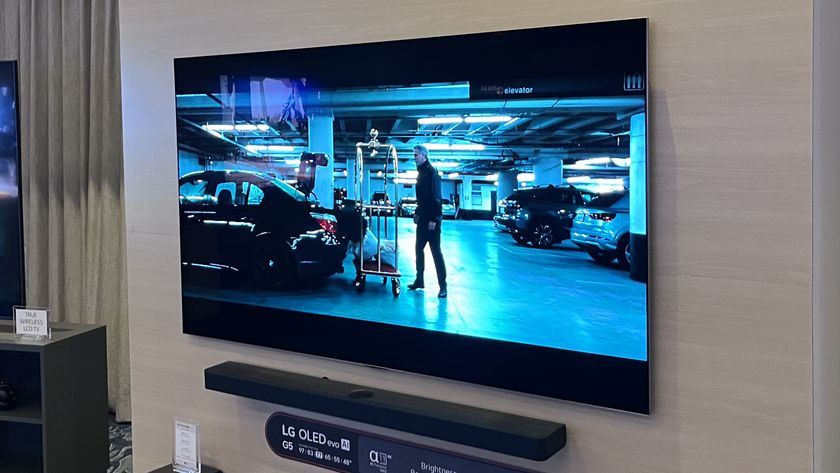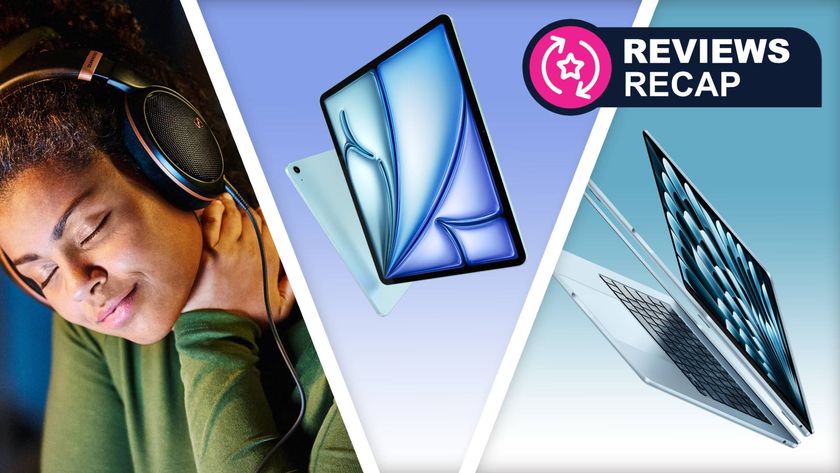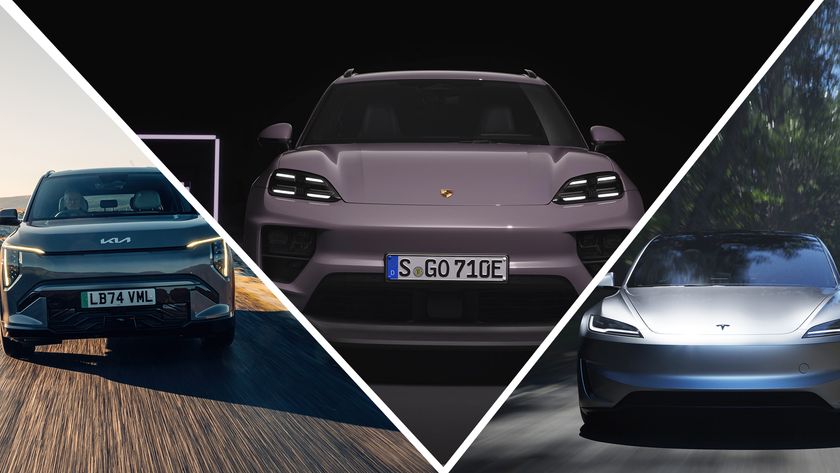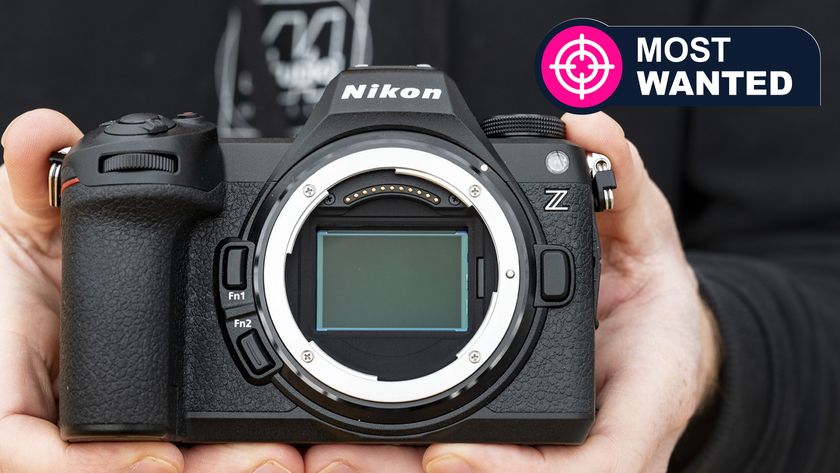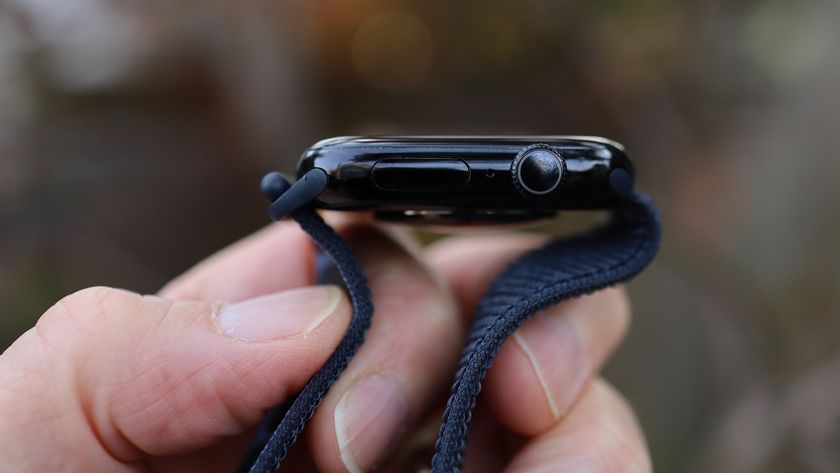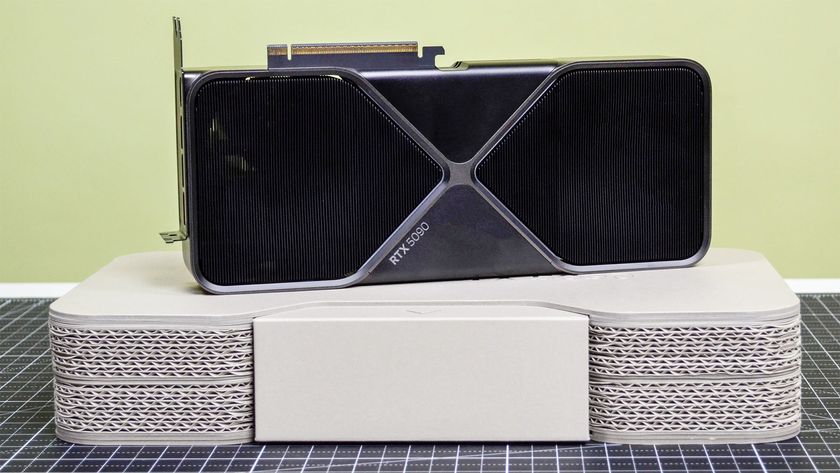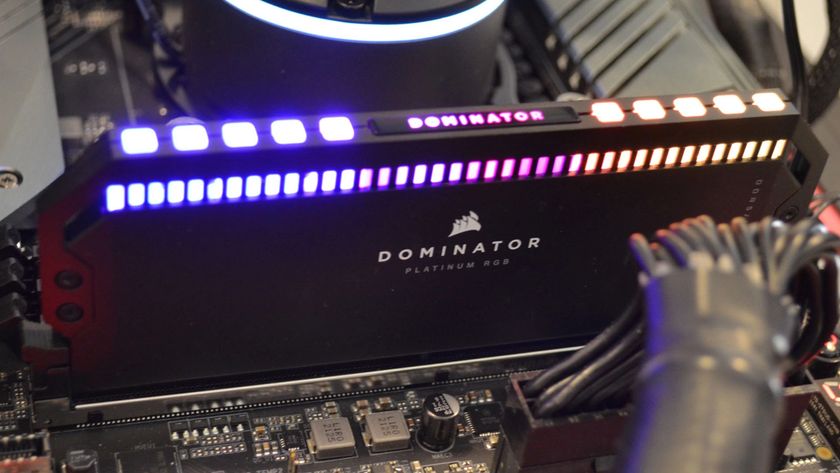Panasonic’s awesome OLED TVs are available in the US - here are 5 reasons you’ll love them
Panasonic TVs are back in the States
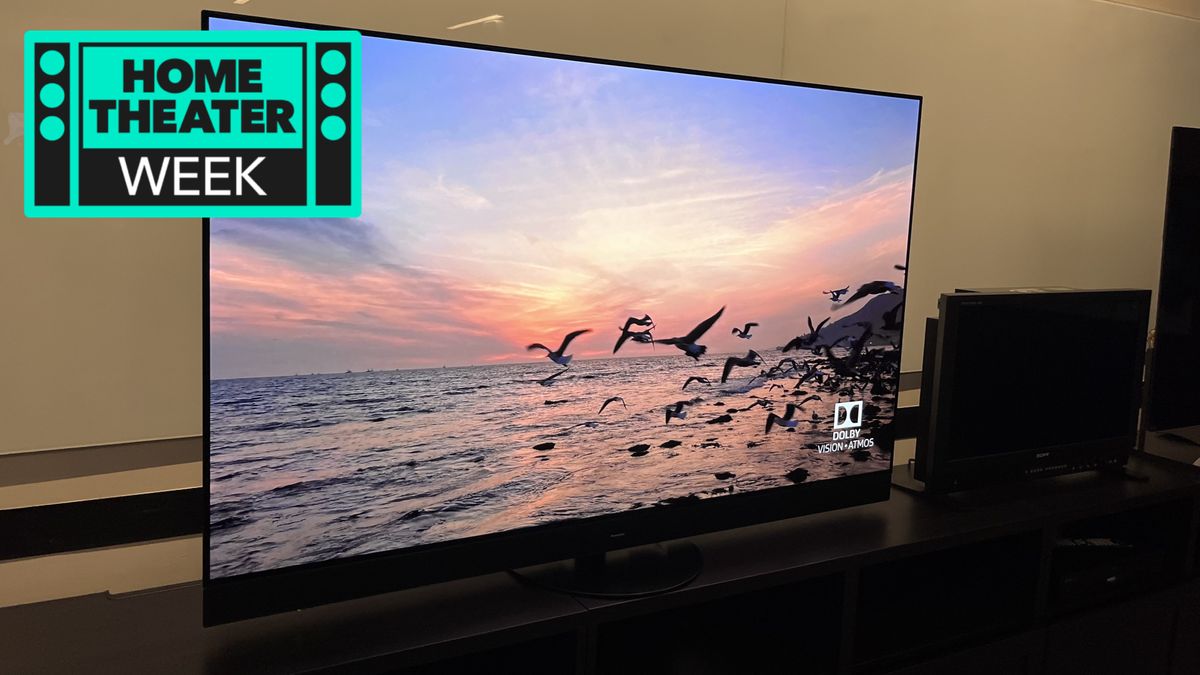
Panasonic is bringing three TVs from its 2024 lineup, two OLEDs and a mini-LED, across to the US which marks the first time Panasonic TVs have been available in the States since 2016. This news arrives just in time for TechRadar's Home Theater Week.
The three models confirmed to be coming across the pond are as follows: the flagship 2024 OLED, the Z95A which will be available in a 65-inch size only and will be priced at $3,199; the mid-range OLED Z85A, available in 55-inch, priced at $1,599 and 65-inch, priced at $1,799 ; and Panasonic's 2024 mini-LED offering, the W95A, which will be available in 55, 65, 75 and 85 inches, with prices ranging from $1,299 to $2,999.
The Z95A features a micro lens array OLED panel similar to the one found in the LG G4 and supports all HDR formats including Dolby Vision IQ and HDR10+. Its speaker array features an external soundbar tuned by Technics. On the gaming front, it has a 4K 144Hz refresh rate, VRR including AMD FreeSync Premium and Nvidia GSync and Dolby Vision gaming.
The mid-range OLED W85A features a standard W-OLED panel but will get a brightness boost from the built-in HCX AI Processor MK II. It carries many of the same gaming features as the Z95A, including AMD FreeSync Premium and Nvidia GSync, but will top out at a 120Hz refresh rate.
Finally, the W95A, the only mini-LED entry for 2024, features the same HCX AI Processor MK II as the premium OLEDs and Dolby Vision IQ and HDR10+ high dynamic range support. For gaming, it will support a 4K 144Hz refresh rate and VRR including AMD FreeSync Premium.
All new Panasonic TVs use Amazon’s Fire TV smart TV platform, replacing Panasonic’s own My Homescreen smart TV platform.
For US customers, Panasonic’s return to the States is an exciting development. Here are five reasons why that’s the case:
Get daily insight, inspiration and deals in your inbox
Sign up for breaking news, reviews, opinion, top tech deals, and more.
1. Premium picture quality
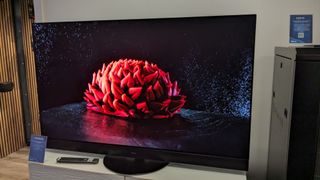
Panasonic TVs provide some of the best picture quality on the market. The Panasonic MZ2000, its flagship OLED from 2023 and predecessor to the Z95A, earned five stars for its picture quality in our review, with the highlights being stunning black levels and contrast, rich textures and dazzling HDR highlights. The Panasonic MZ1500, the mid-range OLED of 2023 with similar specs to the Z85A, earned four and a half stars in our review. It didn’t quite have the same wow factor as the MZ2000 but is still easily one of the strongest mid-range OLEDs available.
Panasonic’s picture quality often rivals and in some aspects beats those of the best OLED TVs, with the MZ2000’s picture easily matching that of the Samsung S95C, LG G3 and Sony A95L. With the introduction of the new Panasonic TVs in the US, customers will get another premium OLED option, and the new W95A could end up in the running for the best mini-LED TV.
2. Better audio
Much like the MZ2000, one of the best TVs for sound, the Panasonic Z95A will feature a full Dolby Atmos speaker array. That means the Z95A should provide stronger, more immersive audio than other premium OLEDs such as the Samsung S95D.
It’s also likely that both the Z85A and W95A will provide similarly strong audio quality, as Panasonic’s TVs generally have solid audio performance across the range. Even though the Panasonic MZ980, the entry-level OLED from 2023, didn’t match its more premium counterparts, we still gave its sound quality four out of five stars in our Panasonic MZ980 review.
3. Comprehensive HDR support
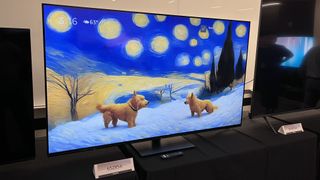
With Panasonic’s return to the US TV market, US customers will finally get an OLED TV with comprehensive HDR support. Samsung’s OLEDs (or any Samsung TV for that matter) don’t support the popular Dolby Vision format, which streaming services such as Netflix and Disney Plus and many movies on 4K Blu-ray discs use. LG OLEDs do support Dolby Vision, but not the HDR10+ format, which is used by the Prime Video service and that's also the case with Sony’s OLED TVs.
It’s worth noting that the W95A mini-LED TV will also support both Dolby Vision and HDR10+ formats.
4. Competitive pricing
With more premium OLEDs now available, we’ll likely see some pricing competition. In the UK, Panasonic has been a premium brand that costs more than its rivals. For example, in 2023 the 55-inch MZ2000 was £2,699 on release, whereas the Samsung S95C was £2,399. With the introduction of Panasonic in the US, even if the TVs sell at more of a premium, we could still see LG, Samsung and Sony lower prices in an attempt to draw customers away from Panasonic.
5. Fire TV
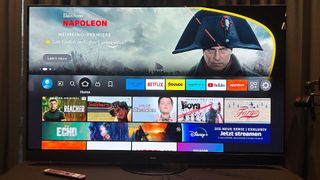
This is the first generation of Panasonic TVs that will not feature Panasonic’s own my HomeScreen smart TV platform, which was arguably its weakest feature and one that held the MZ2000 back from perfection. With a somewhat dated appearance and sluggish performance, HomeScreen has struggled against the likes of other smart TV platforms such as webOS, Tizen, Roku and Fire TV.
Earlier this year, Panasonic revealed that Fire TV would now serve as the new smart TV platform for the majority of its TVs. When we saw it in action, we were impressed at Fire TV’s curated home menu and Alexa voice commands, and its ability to function as a smart hub to control other Alexa devices. Across the board, Fire TV looks to be an improvement for Panasonic TVs, and the US will have it from the get-go.
You might also like

James is the TV Hardware Staff Writer at TechRadar. Before joining the team, he worked at a major UK based AV retailer selling TV and audio equipment, where he was either telling customers the difference between OLED and QLED or being wowed by watching a PS5 run on the LG 65G2. When not writing about the latest TV tech, James can be found gaming, reading, watching rugby or coming up with another idea for a novel.
